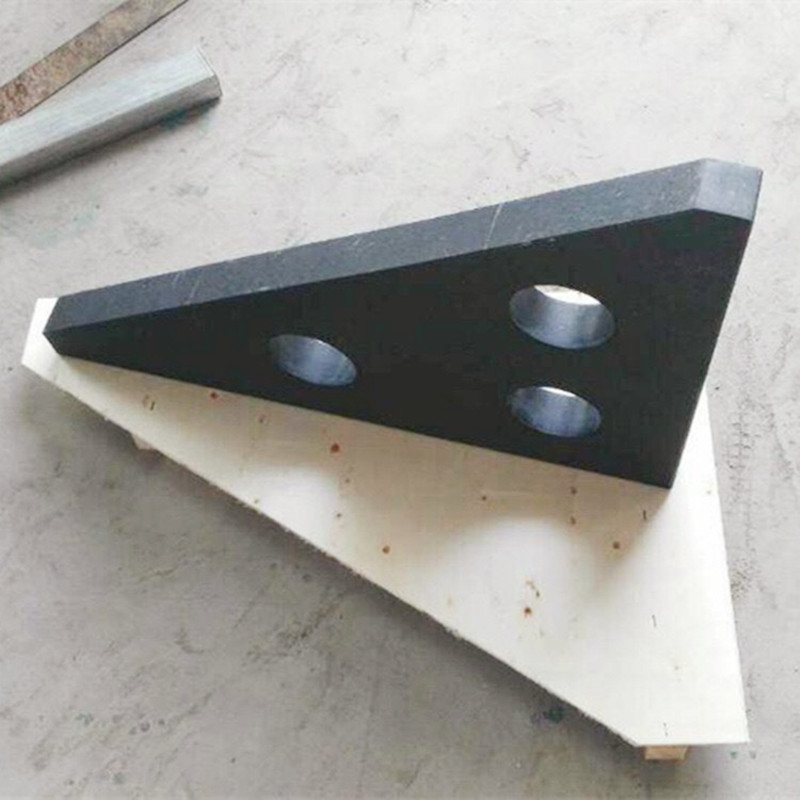Aug . 20, 2024 11:12 Back to list
How to Accurately Measure the Bore Diameter of a Cylinder
Measuring the Bore of a Cylinder A Detailed Guide
When it comes to engineering, automotive maintenance, and manufacturing processes, accurately measuring the bore of a cylinder is crucial. The bore refers to the internal diameter of a cylinder, which can relate to various applications like pistons in an engine or hydraulic systems. This measurement is vital for ensuring proper fitment, performance, and overall functionality of mechanical systems.
Understanding the Importance of Cylinder Bore Measurement
The bore of a cylinder plays a significant role in determining the volume of space within, which directly impacts the performance characteristics of engines. For instance, in an internal combustion engine, the bore size, combined with the stroke length, defines the engine’s displacement. This displacement dictates power output, fuel efficiency, and emissions. An oversized or undersized bore can lead to inefficiencies, excessive wear, and premature failure of engine components. Thus, precise measurement is non-negotiable.
Tools Required for Measuring Cylinder Bore
To effectively measure the bore of a cylinder, several tools may be employed. The most common tools include
1. Bore Gauges These are specialized measuring instruments designed to gauge the internal diameter of cylinders. They typically feature a dial gauge that provides a direct reading of the bore size.
2. Inside Micrometers These are precision instruments used to measure the internal dimensions of a bore. They often come with interchangeable rods for different ranges.
3. Calipers While not as precise as bore gauges or inside micrometers, calipers can be used for quick checks, especially in less critical applications.
measure bore of cylinder

Steps to Measure the Bore of a Cylinder
Measuring the bore accurately involves several steps
1. Preparation Begin by cleaning the cylinder bore thoroughly to remove any debris or residues. This ensures that your measurements are not influenced by dirt or blockages.
2. Choosing the Right Tool Select the appropriate measuring tool for your needs. Bore gauges are preferred for their accuracy, but inside micrometers work well for many applications.
3. Calibration Before taking measurements, ensure that your measuring instrument is calibrated correctly. This step is essential for obtaining accurate results.
4. Taking the Measurement Insert the measuring tool into the bore of the cylinder. If using a bore gauge, expand the measuring pins until they just touch the cylinder wall. For inside micrometers, adjust the rods in the same manner. Take the reading from the instrument carefully.
5. Recording the Measurement Note down the measurement immediately to avoid any errors. If needed, take multiple readings at different points along the bore to account for any irregularities.
6. Interpreting the Results Compare the measured values against the specifications provided by the manufacturer. This comparison will help you determine if the bore is within acceptable tolerances.
Conclusion
Measuring the bore of a cylinder is a fundamental yet critical task in various fields of engineering and mechanics. Whether it’s for engine performance enhancement or ensuring the functionality of hydraulic systems, accurate bore measurement is essential. By utilizing the right tools and following a structured approach, technicians and engineers can ensure that the bore dimensions meet the required specifications, ultimately leading to enhanced performance and longevity of mechanical systems. Understanding this process can greatly benefit anyone involved in mechanical design, automotive maintenance, or manufacturing, making it a skill worth mastering.
-
Thread Plug Gauge Our Promise of Measurement ExcellenceNewsAug.22,2025
-
Gauge Pin Class Reflecting Quality LegacyNewsAug.22,2025
-
Check Valve Types for High Rise BuildingsNewsAug.22,2025
-
Water Control Valve for Irrigation SystemsNewsAug.22,2025
-
Gate Valve with Soft Seal TechnologyNewsAug.22,2025
-
Y Type Strainer for Oil and Gas ApplicationsNewsAug.22,2025
Related PRODUCTS









